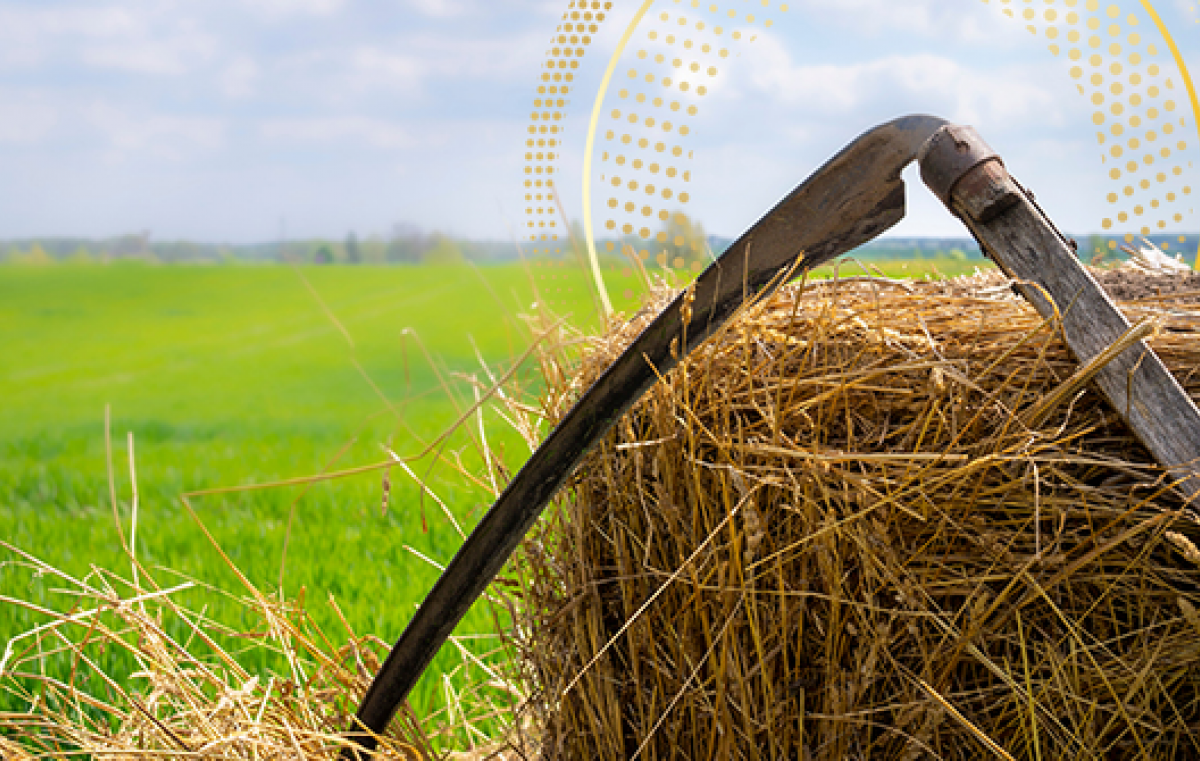Agriculture started about 11,000 years earlier than originally believed – and right in this area
New botanical-archaeological research on plant remains found at Ohalo on the shore of the Sea of Galilee shines a new light on the shift from hunting and gathering to agriculture.

Scarce rains during the late 1980s and late 1990s allowed for the uncovering of an ancient site at Ohalo, on the shore of the Sea of Galilee. At the ancient village, estimated to be around 23,000 years old, there were earth-shattering findings made in relation to the Upper Paleolithic period. The site, which was well-preserved due to various environmental factors, held a large amount and range of seeds. Research combining tools and knowledge in the field of botany and archaeology, conducted at Bar-Ilan's Martin (Szusz) Department of Land of Israel Studies and Archaeology, led to a revolutionary conclusion: human activity on the southwestern shore of the Sea of Galilee shows that agriculture started 11,000 years prior to what was previously believed.
The Ohalo findings, which were genetically mapped, testify to wild barley being domesticated in the region, and then travelling to other parts of the world. The Ohalo findings, along with other botanical discoveries from Masada’s Yoram cave, expand the knowledge on the gradual transition from a hunting and gathering society to an agricultural one, which occurred due to environmental pressures and a lack of food. Learning the genetic qualities of ancient grain also has value in developing current agricultural species.
Prof. Ehud Weiss, whose laboratory housed the genetic research of the plants’ remains, explains that the meaning of the discovery reaches beyond the field of agriculture: “The findings that point to ancient agriculture reflect the abilities of men to think outside the box and long-term, for the betterment of our existence. These thoughts still occupy us today. The spark, if you will, was already lit back then and the process happened in this area.” From the moment people became farmers, and were no longer completely reliant on hunting and gathering, they could create food depositories and use it for sustenance. The hierarchy between men and women, leaders and followers, and rich and poor were built on that basis. That also enabled the development of populations who had non-food production crafts. The economic, artistic, religious and technological thinking that characterize modern society are the next step.